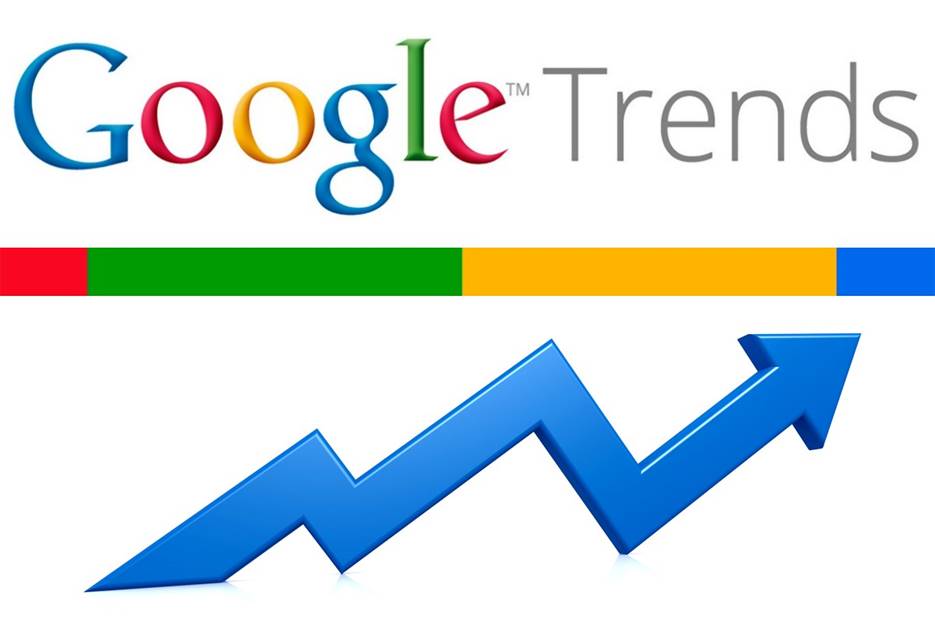10 years ago it seemed as if Google Trends was the answer to every marketing question. However, recently Google Trends seems to be a last thought. Why? I’m not sure, but I would guess that it has to do something with the shiny new technology tools that are pouring out of the woodwork. Personally, I think Google Trends is currently underrated and should be a top tool used by companies.
Google Trends is a unique and useful tool for content writers to keep track of what people want to know about. It is also invaluable to executives watching their brand health or marketers analyzing consumer interests for the purposes of content creation. Unfortunately, even when used, those using this tool only scratch the surface of the wealth of information Google Trends offers.
Here are seven tips to use Google Trends more effectively.
- Dig deeper into trending topics
Google Trends now boasts a “story-centric” homepage, where it aggregates data from Google Search, YouTube and Google News and ranks the most searched for stories. This is by far the most comprehensive trends aggregate you’ll find on the web.
- Find real-time marketing opportunities
Google Trends is now offering minute-by-minute, real-time data from more than 100-billion searches through the engine monthly, which allows you to evaluate search trends during different times, or even at major events. Think about events that would be a good marketing venue for your brand and look for fast opportunities to employ real-time marketing to increase your brand’s reach on social media.
- Research niche topics by geography
Now, you can search for just about any topic in Google Trends and see the popularity of the topic in searches by geography. If you haven’t started a local marketing campaign yet, this is a great place to begin. If you’re hoping to expand or improve it, this is also a great resource.
- Research brand health
Google Trends is a great way for larger brands to understand their brand health compared to their competitors. This kind of information can help inform where companies need to work harder to increase their influence.
- Research local shopping trends
Another great (and underused) feature of Google Trends is the ability to search for shopping trends in isolation. This data will show you consumers’ purchasing intent for different searches.
- Brainstorm content with Google Correlate
Google Correlate can help you figure out what topics people want to read about, which can ultimately help you figure out what topics you should be writing about, or how to relate a topic to others that people are interested in.
Using Google Correlate, you can find associations between search trends and any other data point that you want to write about. It’s the only tool on the internet that can do this with search data, yet it goes largely unused.
The Google tutorial explains that Correlate is like the opposite of Trends:
Google Correlate is like Google Trends in reverse. With Google Trends, you type in a query and get back a data series of activity (over time or in each US state). With Google Correlate, you enter a data series (the target) and get back a list of queries whose data series follows a similar pattern.
- Let Google do the analysis for you
In a recent change to Google Trends, the Google News Lab has begun doing their own analyses of trending stories every day and offering useful information about the topics, which you can download from the Google Trends Datastore. If you’re a content creator this can be an invaluable tool.
It might be difficult to visualize how exactly you can apply these tools to your own business goals, so if you have questions or need help, DirectiveGroup is here to help!






